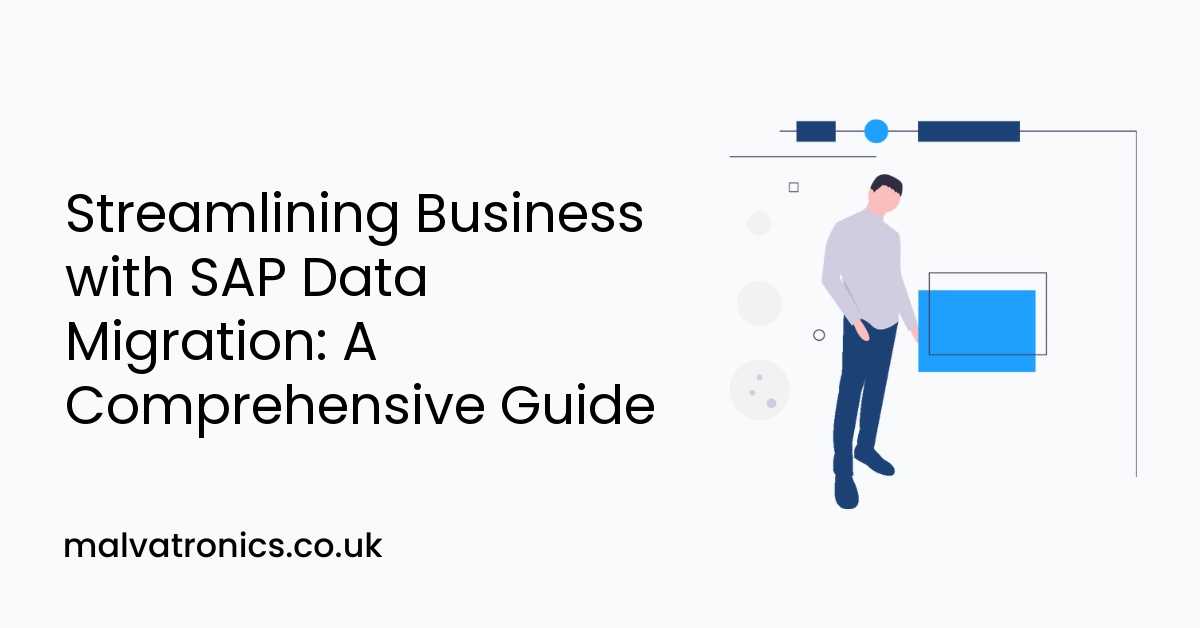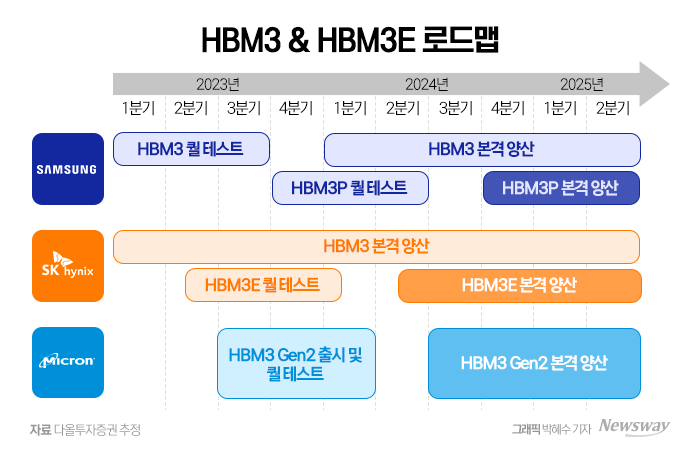Transferred Data: A Comprehensive Guide To Secure Data Migration

Table of Contents
Planning Your Secure Data Migration Strategy
Before initiating any data migration, a robust plan is essential. This involves a thorough assessment of your current data landscape, defining clear objectives, and choosing the right migration method. Failing to adequately plan your secure data transfer can lead to costly errors and security vulnerabilities.
Assessing Your Current Data Landscape
A comprehensive data audit is the first step. This involves:
- Identifying data sources: Pinpoint all locations where your data resides (databases, servers, cloud storage, etc.).
- Determining data types: Categorize your data (sensitive personal information, financial records, intellectual property, etc.) to understand its sensitivity.
- Estimating data volume: Knowing the size of your data helps determine the time and resources required for migration.
- Identifying critical data: Prioritize essential data requiring higher security during the transfer.
- Assessing current security measures: Review existing encryption, access controls, and other security protocols.
- Identifying vulnerabilities: Conduct a thorough risk assessment to pinpoint weaknesses in your current system.
This data assessment, and subsequent data inventory, is critical for a successful and secure data migration project. Ignoring this step can create significant risk.
Defining Your Migration Goals and Objectives
Setting clear, measurable goals is vital for a successful data migration. This includes:
- Defining the scope: Will you migrate all data or just a portion? A phased approach might be necessary for large datasets.
- Establishing timelines: Create a realistic schedule with clear milestones to track progress.
- Determining the desired level of data security: Define the security standards you need to meet (e.g., encryption levels, access controls).
- Addressing compliance requirements: Ensure your migration plan adheres to relevant regulations (GDPR, HIPAA, etc.).
A well-defined data migration plan acts as your roadmap, ensuring the entire process remains focused and on track.
Choosing the Right Migration Method
Several methods exist for data migration, each with security implications:
- Cloud migration: Offers scalability and cost-effectiveness, but requires careful consideration of cloud provider security features (encryption, access controls).
- On-premise migration: Provides greater control over security but requires robust physical and network security measures.
- Hybrid migration: Combines cloud and on-premise solutions, offering flexibility but demanding careful management of security across different environments.
The best method depends on your specific needs, resources, and security requirements. Selecting the appropriate data transfer methods is crucial for maintaining data integrity and security.
Implementing Secure Data Transfer Techniques
Once your strategy is in place, implementing secure data transfer techniques is crucial. This includes encryption, access control, and data validation.
Data Encryption and its Importance
Data encryption is paramount for protecting transferred data. Consider:
- Data encryption in transit (TLS/SSL): Protects data while it's being transferred over a network.
- Data encryption at rest (disk encryption, database encryption): Protects data when it's stored.
- Choosing the right encryption algorithm: Select an algorithm appropriate for your sensitivity level and regulatory requirements (AES-256 is widely recommended).
Strong encryption is a fundamental element of secure data transfer.
Access Control and User Permissions
Granular access control is essential to prevent unauthorized access:
- Role-based access control (RBAC): Assigns permissions based on roles, limiting access to only necessary data.
- Principle of least privilege: Grant users only the minimum access necessary to perform their duties.
- Regular security audits and permission reviews: Periodically review and update user permissions to ensure they remain appropriate.
Effective access control limits the impact of a potential breach.
Data Integrity and Validation
Ensure data accuracy and completeness during the transfer:
- Data checksums and hashing algorithms: Verify data integrity during and after transfer.
- Data validation techniques: Implement checks to ensure data consistency and accuracy.
- Post-migration data verification: Validate the data in its new location to confirm accuracy and completeness.
Data validation is crucial for maintaining data integrity throughout the migration process.
Post-Migration Security and Compliance
Maintaining security and compliance after migration is as crucial as the migration itself.
Monitoring and Alerting Systems
Continuous monitoring is vital for detecting and responding to threats:
- Setting up intrusion detection systems (IDS) and intrusion prevention systems (IPS): Monitor network traffic for suspicious activity.
- Regular security scans and vulnerability assessments: Identify and address security weaknesses.
- Implementing security information and event management (SIEM) systems: Centralize security logs and alerts for easier monitoring.
Proactive monitoring minimizes the impact of potential threats.
Compliance and Regulatory Requirements
Adhere to relevant data protection regulations:
- Understanding data privacy regulations: Familiarize yourself with GDPR, HIPAA, CCPA, and other relevant regulations.
- Ensuring compliance with relevant standards: Implement processes and controls to meet compliance requirements.
- Data retention policies: Establish policies for how long data should be retained and securely disposed of.
Compliance is non-negotiable for protecting your organization and avoiding penalties.
Conclusion
Secure data migration requires careful planning, robust security measures, and ongoing monitoring. By thoroughly assessing your data landscape, implementing strong encryption and access control, and maintaining vigilance post-migration, you can protect your valuable data and ensure compliance. Remember, effective management of transferred data is an ongoing process. Start planning your secure data transfer strategy today and safeguard your transferred data. Don't let a data breach compromise your business.

Featured Posts
-
 Combating The Superbug Crisis The Threat Of Deadly Fungi
May 08, 2025
Combating The Superbug Crisis The Threat Of Deadly Fungi
May 08, 2025 -
 Catholic Church Conclave A New Pope To Be Chosen
May 08, 2025
Catholic Church Conclave A New Pope To Be Chosen
May 08, 2025 -
 Ubers Antitrust Lawsuit Against Door Dash Examining The Food Delivery Market Competition
May 08, 2025
Ubers Antitrust Lawsuit Against Door Dash Examining The Food Delivery Market Competition
May 08, 2025 -
 2024
May 08, 2025
2024
May 08, 2025 -
 Pnjab Pwlys Ahm Tbdylyan 8 Ays Pyz Awr 21 Dy Ays Pyz Ke Tqrr W Tbadle
May 08, 2025
Pnjab Pwlys Ahm Tbdylyan 8 Ays Pyz Awr 21 Dy Ays Pyz Ke Tqrr W Tbadle
May 08, 2025
